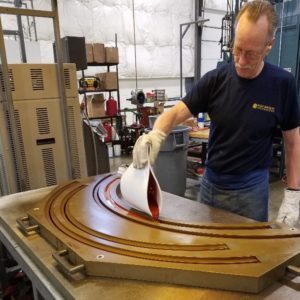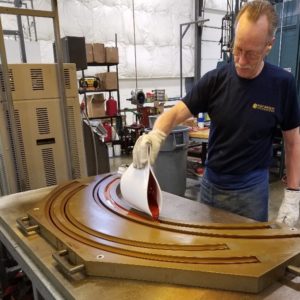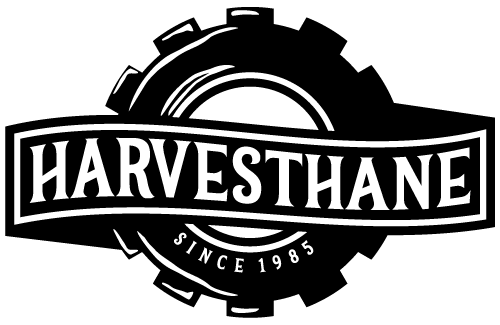Part Four
 Quick recap: the Molded Dimensions Team earned best technical paper for their work as the Urethane Restoration Team. The Team sought to find the root cause of the amount of scrap that was being produced each week at Molded Dimensions. We talked last week about the problem. Then, we talked about the strategy and then temperature variation. Now, we’ll talk about our next finding: flatness matters.
Quick recap: the Molded Dimensions Team earned best technical paper for their work as the Urethane Restoration Team. The Team sought to find the root cause of the amount of scrap that was being produced each week at Molded Dimensions. We talked last week about the problem. Then, we talked about the strategy and then temperature variation. Now, we’ll talk about our next finding: flatness matters.
We started with the following thoughts:
“Why do you have to shim up the mold in different areas?”
“Because the molds are warped and not flat.” (Verify by measuring!)
“Yes, some of the molds are warped!”
“Why?”
“Because they were not built with a thick enough base.” (Test theories!)
“But some molds aren’t warped but still make parts that aren’t flat.”
“That’s because the hot tables and oven floors aren’t level.” (Verify by measuring!)
The team found that ensuring that the hot tables and oven floors were flat and level reaped great rewards. Limiting variation reduced scrap and made trimming and finishing parts much easier. They also found that using slightly thicker plates on mold bases eliminated problems caused by small but relevant mold warping in some cases. Levelness of the hot tables are now checked every 6 months as a preventive maintenance task.
On our next blog, we’ll talk about how we reacted to the information we found in this discovery phase.




